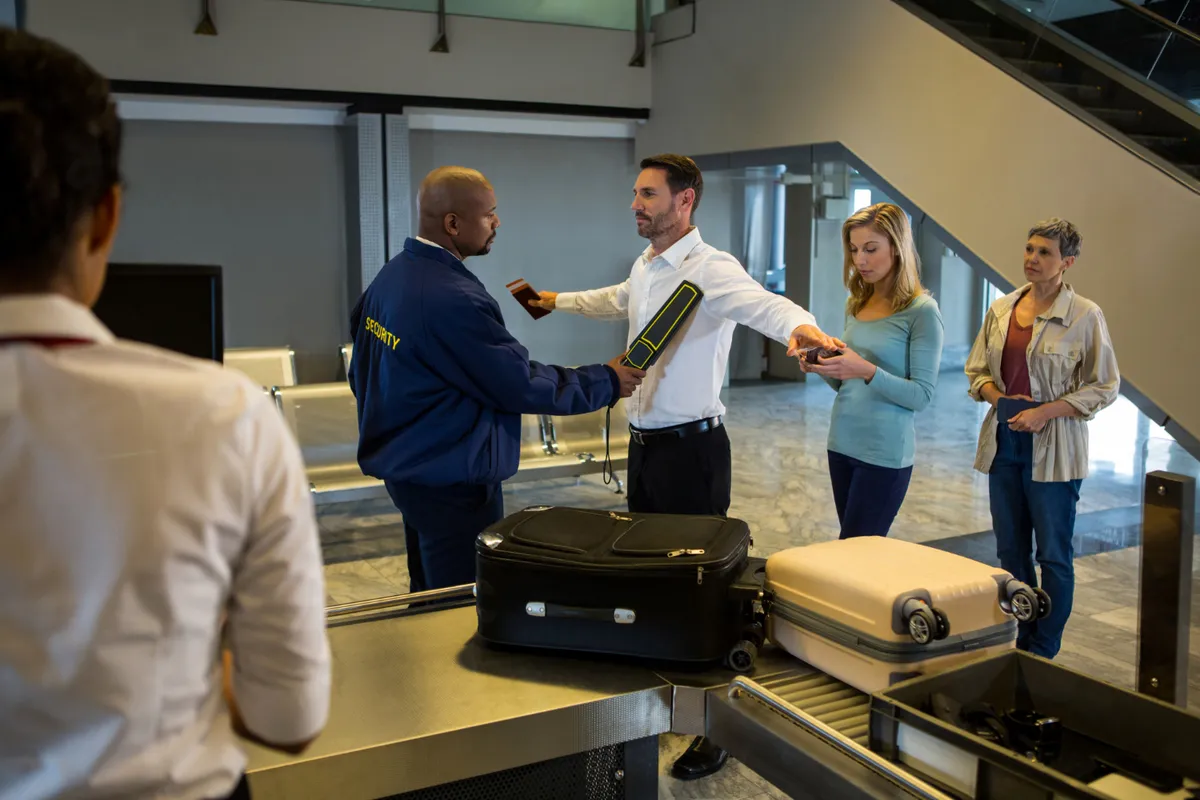Airport security can often be a source of stress and anxiety for travelers. However, with a little preparation and knowledge, you can breeze through the security checkpoint and enjoy a more relaxed travel experience.
In this blog post, we’ll provide you with some essential tips to help you navigate airport security with ease.
Understanding Airport Security
Before we dive into the tips, let’s briefly understand why airport security is so important. Airport security measures are designed to protect passengers and aircraft from potential threats.
These measures include screening passengers, luggage, and cargo, as well as implementing security procedures to prevent unauthorized access to restricted areas.
Planning Ahead for a Smooth Experience
Research Airport Security Procedures
Familiarize yourself with the specific security procedures of the airport you’ll be departing from. Different airports may have slightly different rules and regulations.
Check Your Airline’s Security Guidelines
Your airline may have additional security requirements or recommendations. Review your airline’s website or contact them directly for more information.
Arrive Early
One of the most important tips for a smooth security experience is to arrive at the airport early. This will give you plenty of time to check in, drop off your bags, and go through security without feeling rushed.
As a general rule, it’s recommended to arrive at the airport at least two hours before your scheduled flight time for domestic flights and three hours for international flights.
Check Your Luggage
Before heading to the airport, double-check your luggage to ensure that you haven’t packed any prohibited items. This will help you avoid delays at the security checkpoint.
Packing Smart for Security
Pack Essentials in Your Carry-On
If you have any essential items that you can’t afford to lose, such as medications or important documents, pack them in your carry-on luggage.
This way, you won’t have to worry about them getting lost or delayed if your checked luggage is delayed or lost.
Avoid Prohibited Items
Be aware of prohibited items such as weapons, explosives, and certain liquids.
These items are not allowed in either checked or carry-on luggage. If you’re unsure whether something is allowed, it’s best to leave it at home or check it.
Separate Electronics
Keep your laptop, tablet, and other electronic devices in a separate compartment of your carry-on bag so that you can easily remove them for screening. This will save you time and avoid unnecessary delays.
Pack Liquids Wisely
If you need to carry liquids in your carry-on luggage, make sure they adhere to the TSA’s 3-1-1 rule: liquids must be in containers that are 3.4 ounces (100 milliliters) or smaller, fit into a 1-quart-sized bag, and be limited to one bag per passenger.
How to Find the Cheapest Flights
Navigating the Security Checkpoint
Follow the Instructions
Pay close attention to the instructions given by the security personnel. They will guide you through the screening process and may ask you to remove certain items from your belongings.
Be Patient
Security lines can sometimes be long, so be patient and avoid getting frustrated. Remember, everyone is going through the same process.
Cooperate with Security
If you’re asked to submit to additional screening, cooperate with the security personnel. They are only doing their job to ensure the safety of everyone at the airport.
Stay Organized
Keep your passport, boarding pass, and any other necessary documents easily accessible. This will help you move through the security checkpoint more efficiently.
Tips for Traveling with Special Needs
Inform the Airline in Advance
If you have any special needs, such as a disability or a medical condition, inform your airline in advance. They can make arrangements to accommodate your needs and provide assistance throughout your journey.
Prepare Documentation
If you have a medical condition that requires special accommodations, be prepared to provide documentation from your doctor. This may include a letter explaining your condition and any necessary medical equipment.
Request Assistance
Don’t hesitate to request assistance from airport staff or security personnel if you need help navigating the airport or going through security.
Conclusion
By following these tips, you can help ensure a smooth and stress-free airport security experience. Remember, planning ahead, understanding the rules, and staying organized are key to navigating the security checkpoint with ease.




